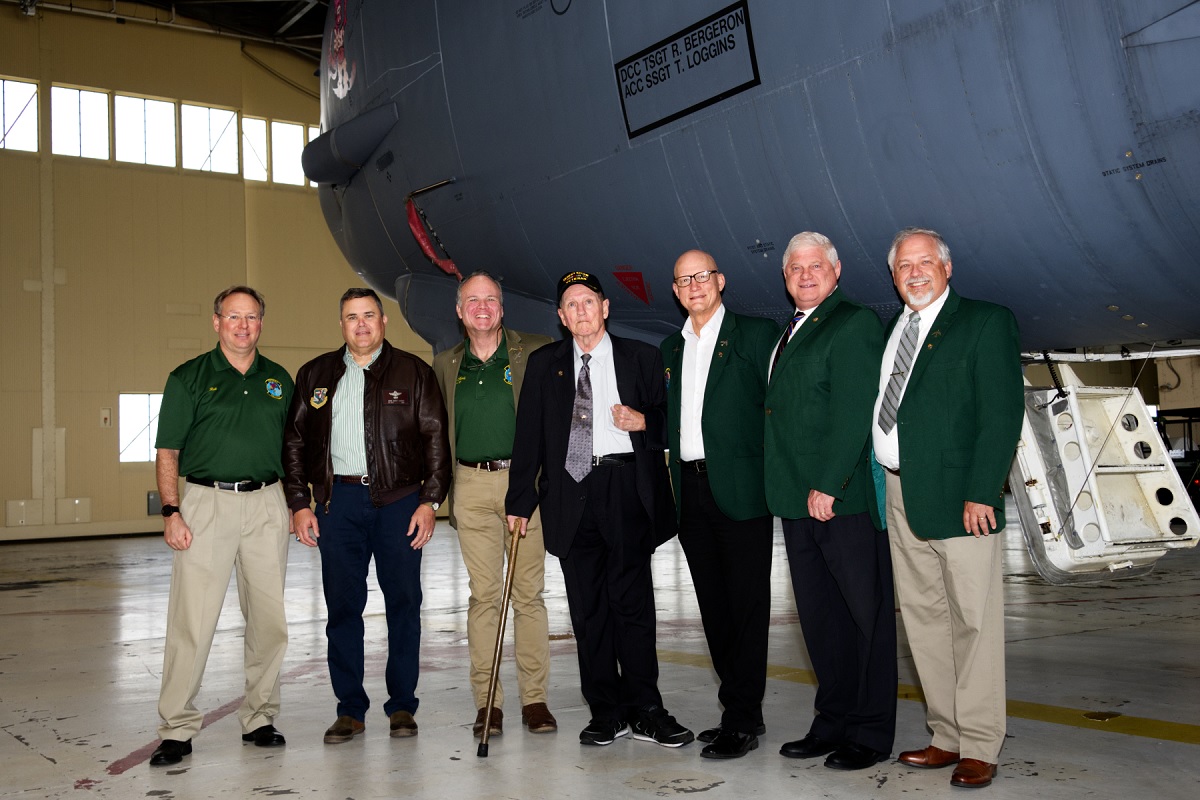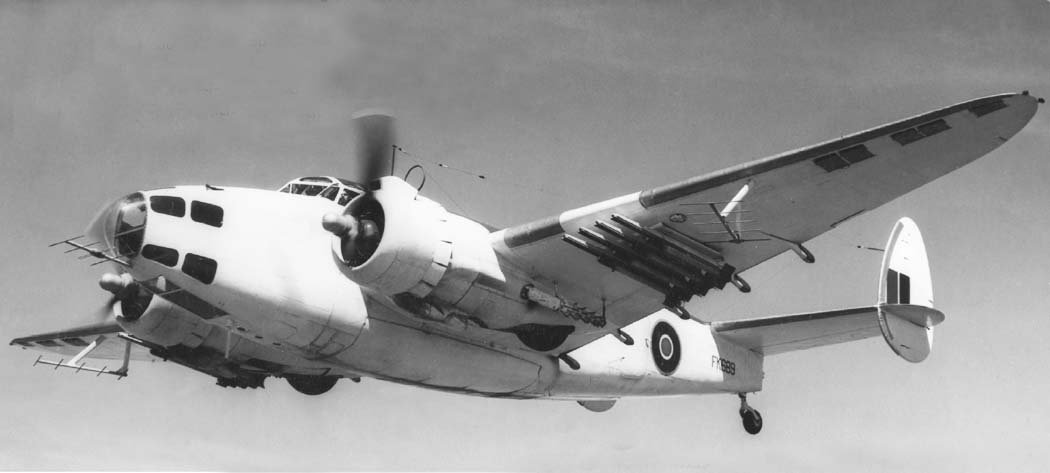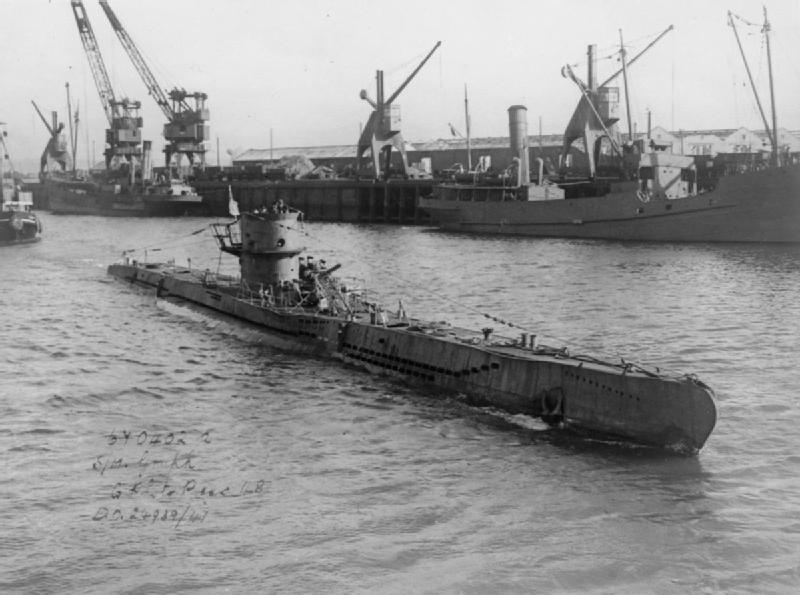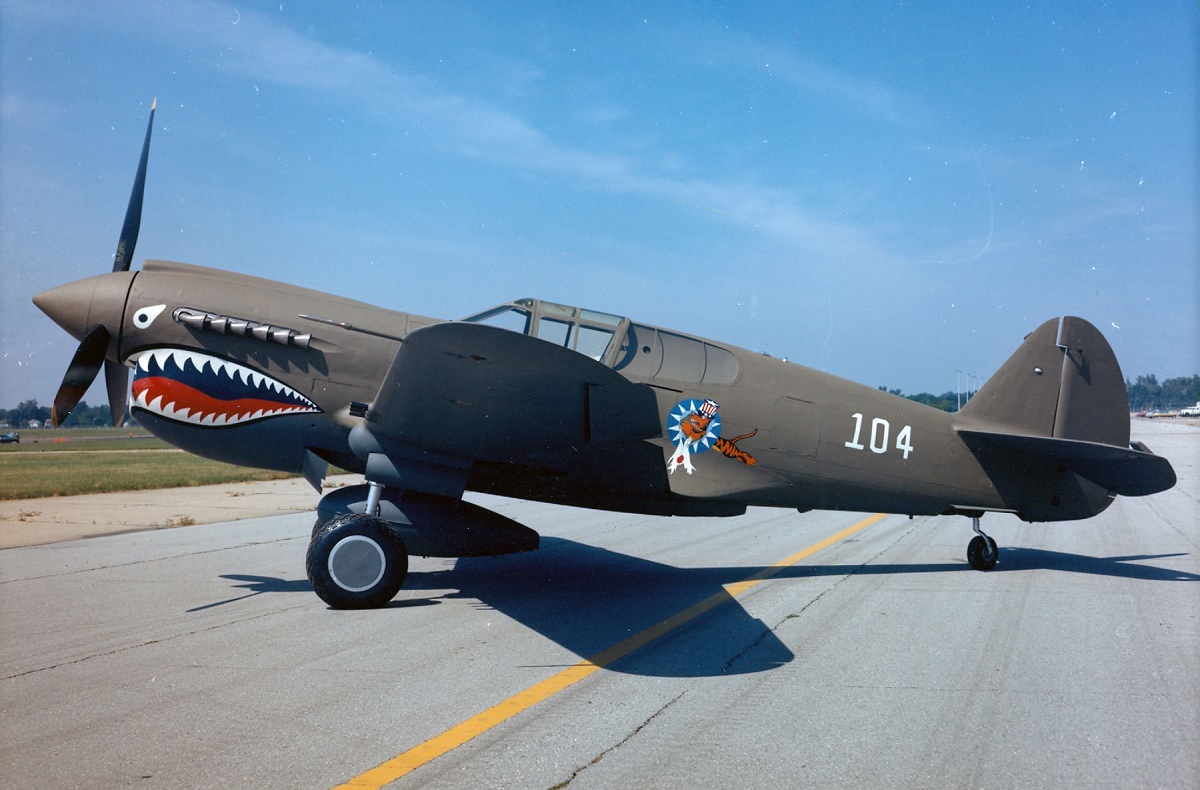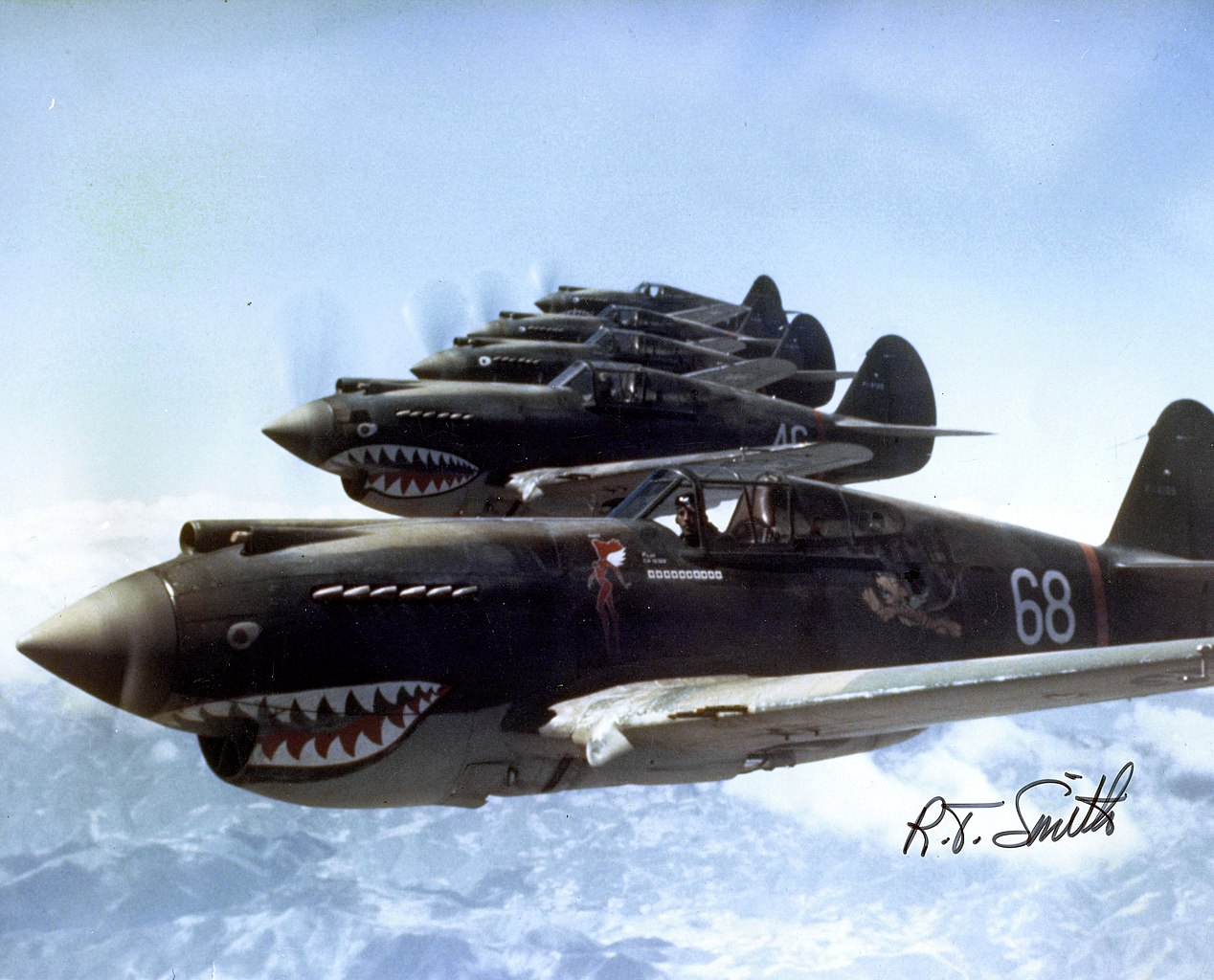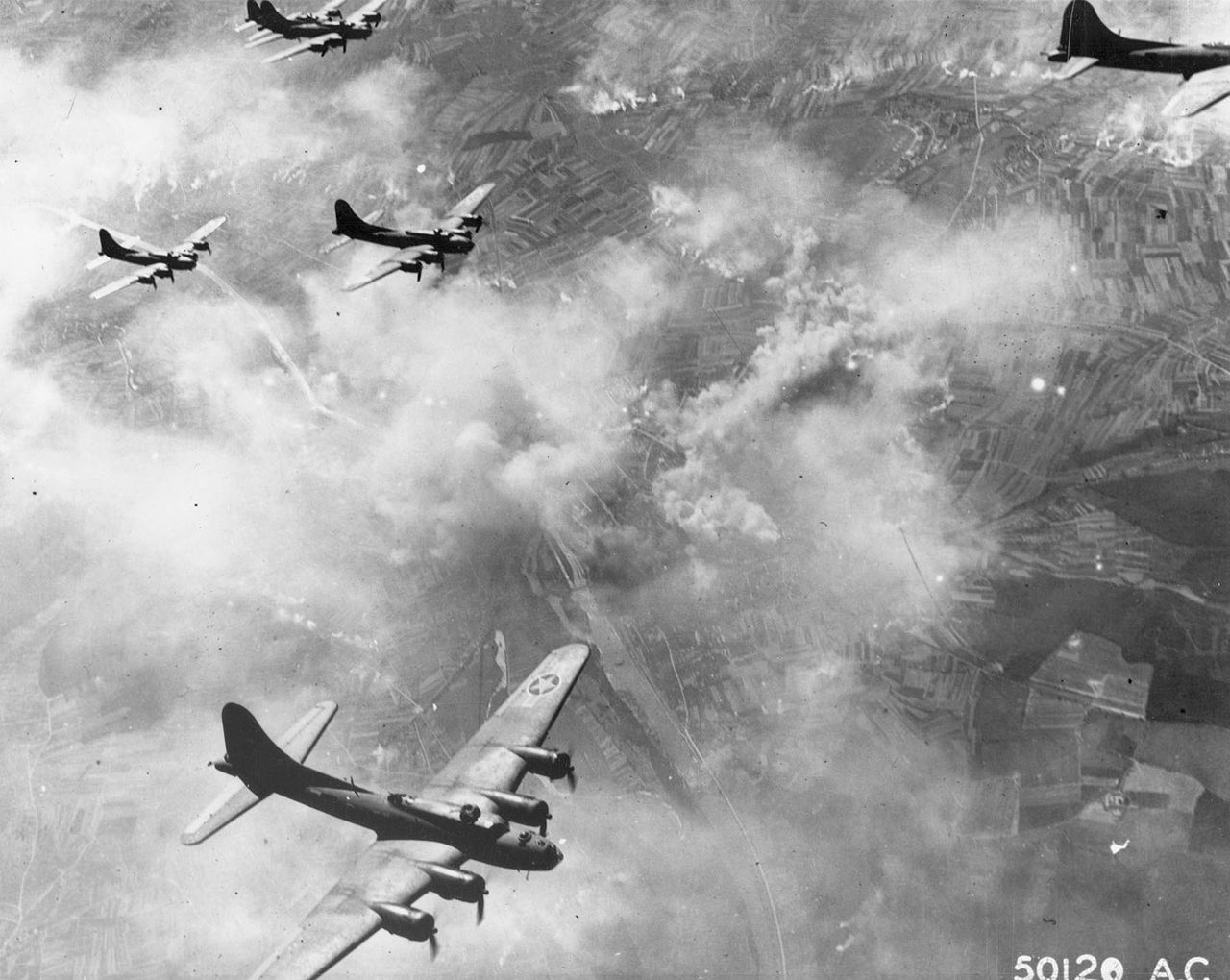Some aesthetically stunning planes never make it into service for a variety of unexceptional reasons. Budget cuts are a frequent justification but sometimes there are other reasons.
Although they may not be the most attractive aspects of military acquisition, maintenance, and logistical expenses are just as crucial as tactical performance. If not for a little bad luck, these five aircraft would have had a real chance to become front-line workhorses despite mundane budget trade-offs.
AH-56 Cheyenne

In the latter phases of the Vietnam War, the Army had a great aircraft ready. The Army intended to replace the Cobra assault helicopter with something more resilient and appropriate for a hypothetical conflict with the Soviet Union after the Cobra was so successful in Vietnam. The Cheyenne was a compound helicopter, which gave it a top speed of more than 200 knots. It had two turreted cannons, not just one.
To maintain aim, the gunner’s seat rotated. In the 1960s, it even had a rudimentary data link for sending spotting information to artillery batteries. Because of its capabilities, the Air Force worried that it might go against the post-war Key West Agreement that forbade Army assault aircraft.
In the end, the Cheyenne was doomed by a crash during flight testing and growing costs. In the nearly 50 years that have passed since the cancellation, the Army has still not received a rotorcraft with its speed and range.
RAH-66 Comanche

The Cheyenne wasn’t the only notable helicopter; there was another one that was a different kind of technological marvel. The RAH-66 was a stealth helicopter created with a low radar cross-section and infrared signature, evoking the very idea of a cavalry scout. It was able to sneak up on the enemy and execute air control operations as well as identify targets for the Apache. Additionally, the Comanche had enough power on its own.
If you didn’t care about stealth, it could fit up to six Hellfires interior and another eight outside. It could fire up to 28 Stingers and a 20 mm cannon could fire a lot of lead if you chose to engage an opponent in air-to-air combat. The Comanche could seriously harm Soviet armored columns thanks to its stealth and arsenal.
Unfortunately, the aircraft would have been expensive for the military. According to one estimate, the Comanche would have consumed up to 80% of the Army’s aviation budget had it been put into service.
F-20 Tigershark

What if you could purchase a plane that performed as well as an F-16 but cost 20% less to buy and cost 20% less to maintain? Furthermore, this aircraft was capable of firing radar-guided missiles, something the F-16 of the time was not. That sounds like a really fun ride, don’t you think? The plane in question was an F-20 Tigershark.
The Tigershark was primarily built for export sales by Northrop, who based it on the highly successful F-5 airframe and equipped it with a more powerful J79 engine and improved avionics. They reasoned that it would be a perfect fit for the numerous air forces already operating the enormously successful F-5 series. Unfortunately, despite receiving payment from renowned pilot Chuck Yeager to support the aircraft, the Foreign Military Sales program’s lack of enthusiasm for the F-20 and the fact that no American service bought it put an end to any hopes of widespread deployment.
After investing $1.2 billion of its own funds in the project, Northrop discontinued it.
XF8U-3 Crusader III

During the early years of the Vietnam War, the F-8 Crusader was so well-known for its dogfighting prowess that the proverb “When you’re out of F-8s, you’re out of fighters” was coined. This was partially caused by the F-8’s retention of not one, not two, but four 20 mm cannons.
Initial air-to-air missiles available to the F-4 Phantom II were very unstable. The Crusader III was designed to replace the F-8 and improve the family’s already remarkable maneuverability by accelerating past Mach 2.3 and having a 0.97 thrust-to-weight ratio. In the words of those who flew it, the aircraft could fly circles around the F-4.
Unfortunately for the Crusader III, the F-4 was quite good at several things while it was only really good at one. While Vought’s Crusader III developed into an intriguing side note, the F-4 became a legendary multi-role fighter that saw action in numerous conflicts.
XB-70 Valkyrie

The Valkyrie could travel at Mach 3 at an altitude of 70,000 feet for extended periods thanks to its futuristic look, canard elevators, delta wings, and no fewer than SIX engines.
It was believed that at that speed, it may be well out of enemy interceptor range before they could even launch, much less catch up to, them. When the requirement was created in 1955, this sounded like a terrific idea. However, the Air Force understood in 1959 that the concept of a high-altitude bomber was no longer relevant due to new Soviet surface-to-air missiles.
In order to avoid detection, bombers would need to fly at low altitudes, where the XB-70 was only marginally quicker and could carry fewer bombs than the B-52. The program was drastically reduced. However, the 1960 election’s Cold War politics stepped in to preserve the show. After all, it would be reckless to cancel such a high-tech wonder weapon in light of the purported “missile gap” between the US and USSR.
Throughout the election, the initiative had support from both Nixon and Kennedy. Kennedy quickly realized that the alleged missile gap was exaggerated and reduced the program to research-only. Despite political pressure from supporters of the bomber and politicians, the cancellation was upheld; nonetheless, the aircraft remained to be used for research until 1969.
At first glance, the Valkyrie and other examples of military hubris seem to be a waste of time, resources, and occasionally even lives. However, the expertise amassed through these endeavors has persisted; for instance, the modified Black Hawk used in the Usama Bin Laden operation employed the stealth helicopter technology of the Comanche. More importantly, it demonstrates that, on occasion, the military is not hesitant to reject the sunk cost fallacy in response to demands and technological advancements.






